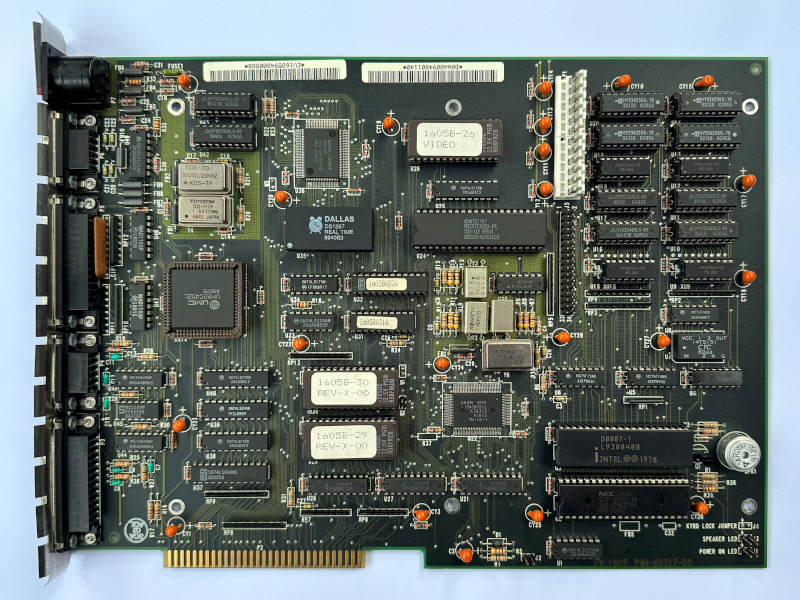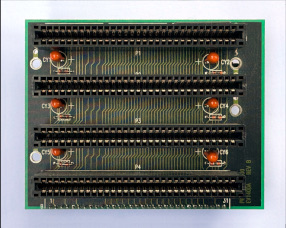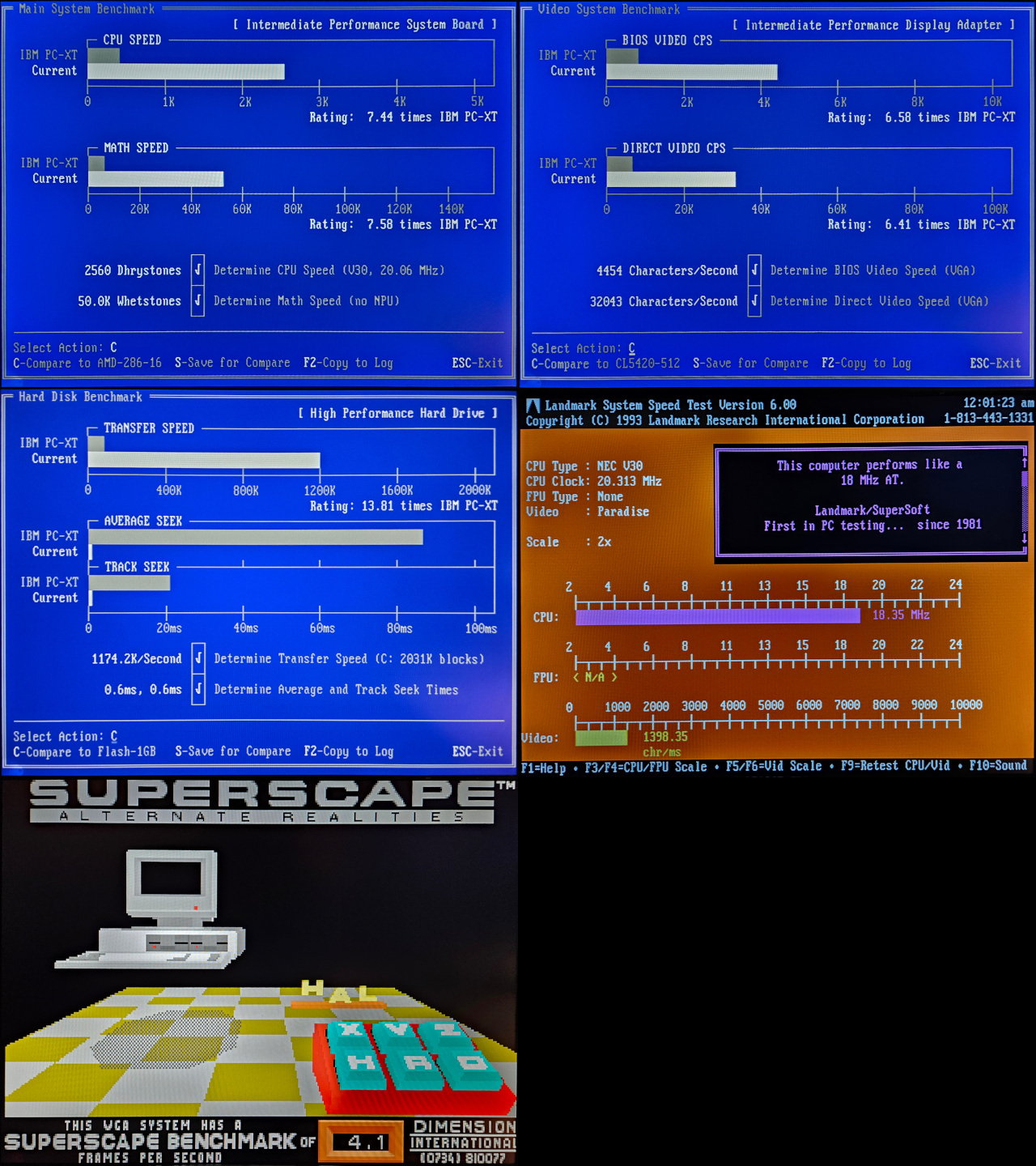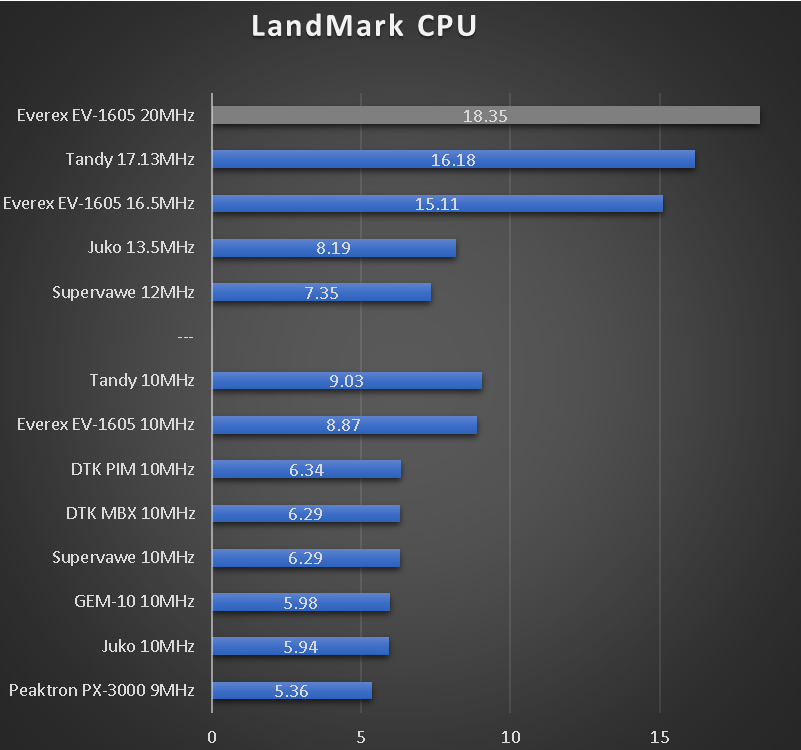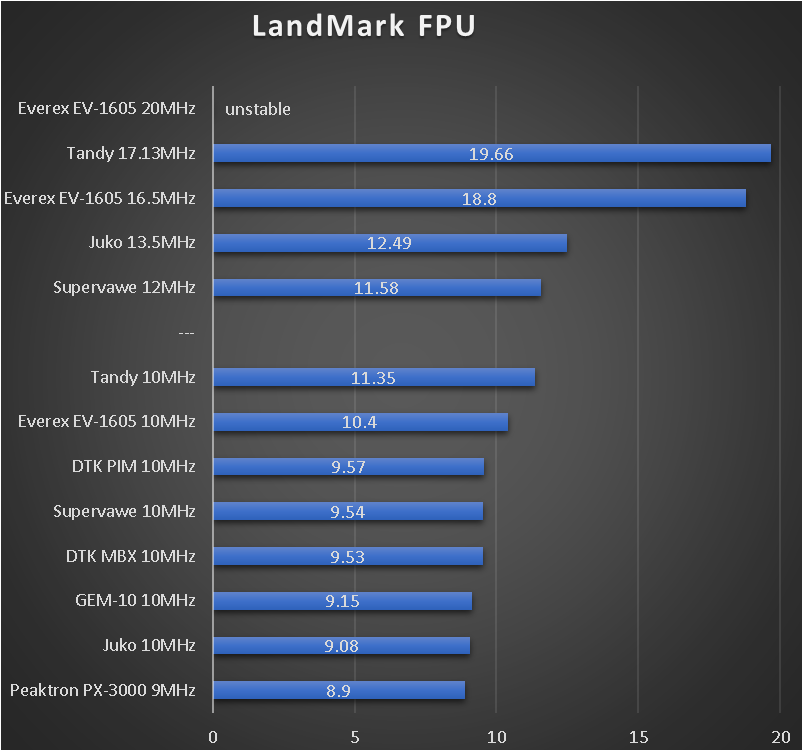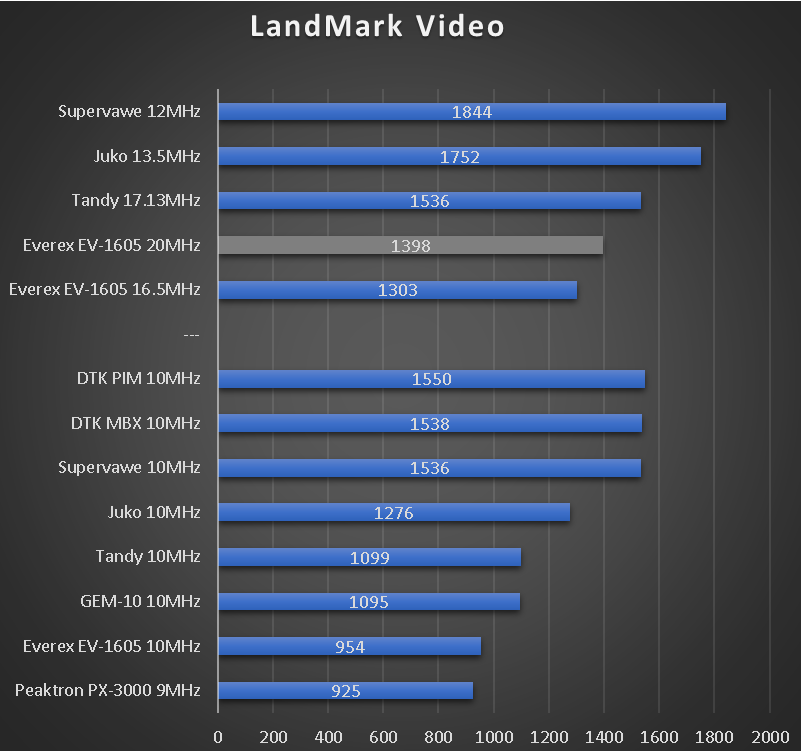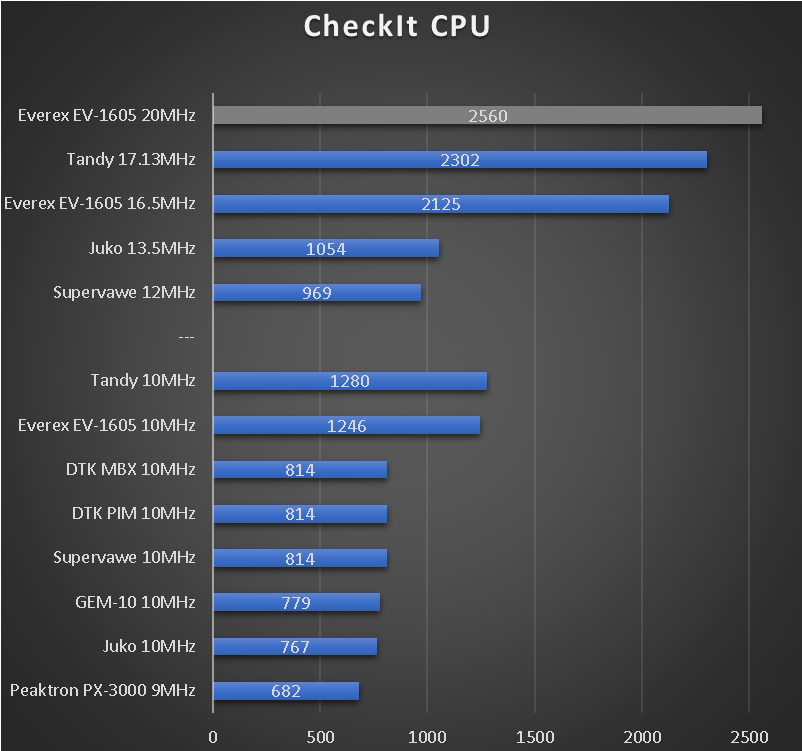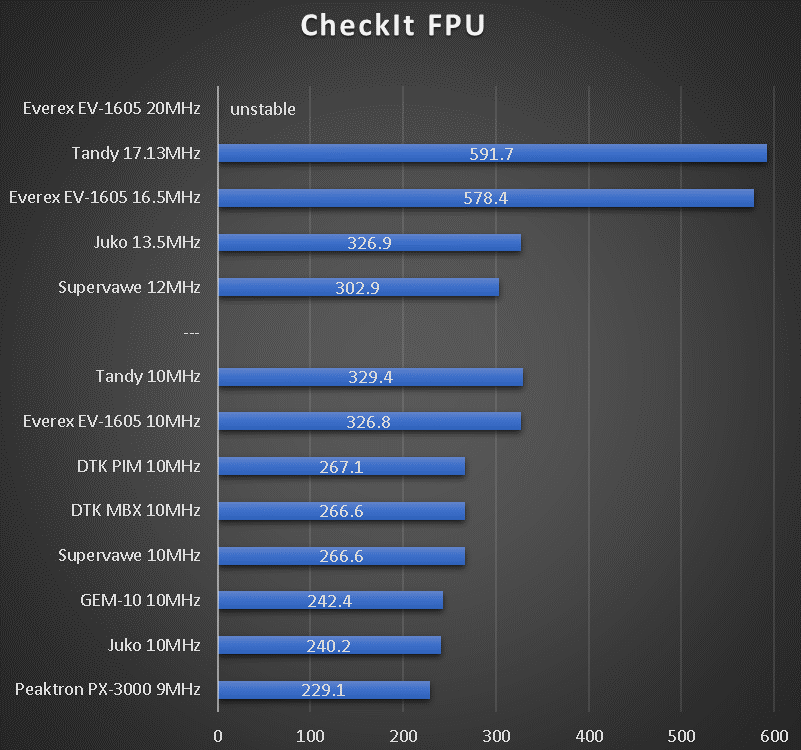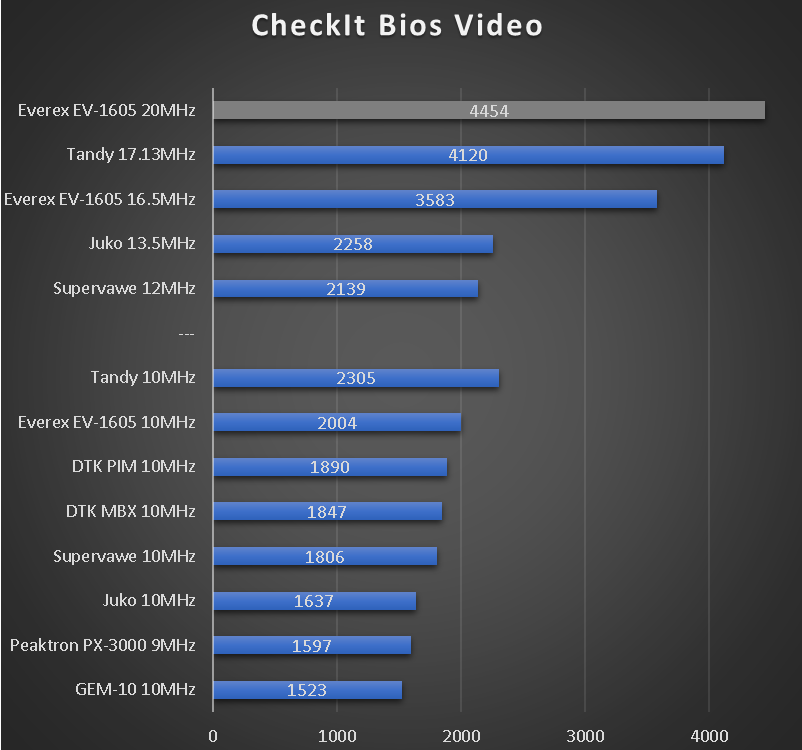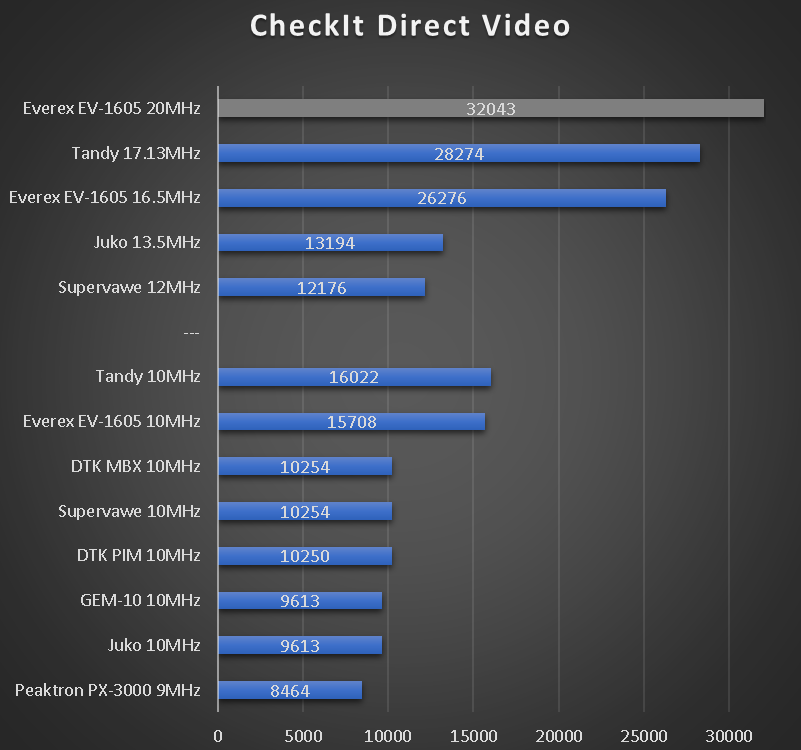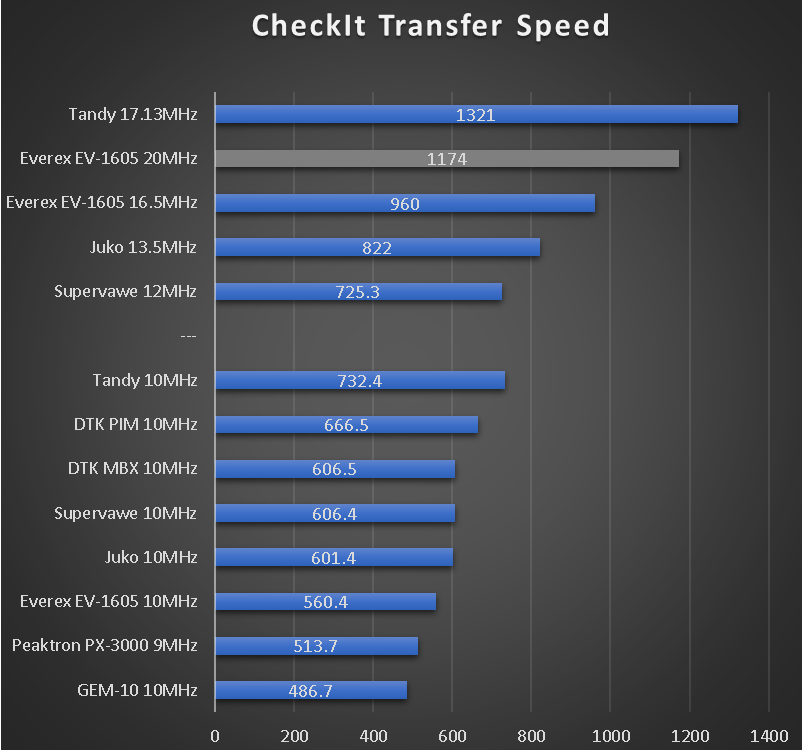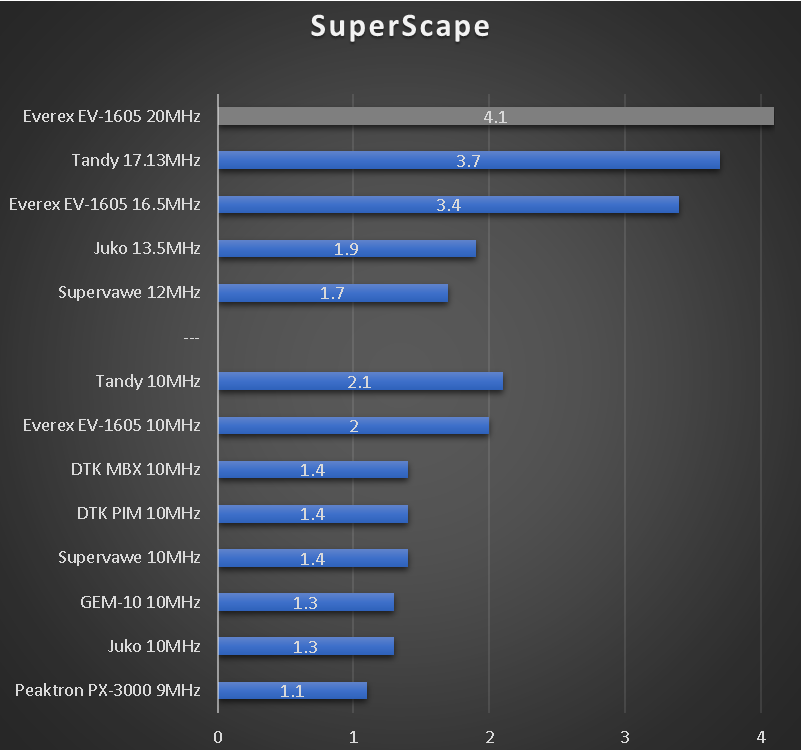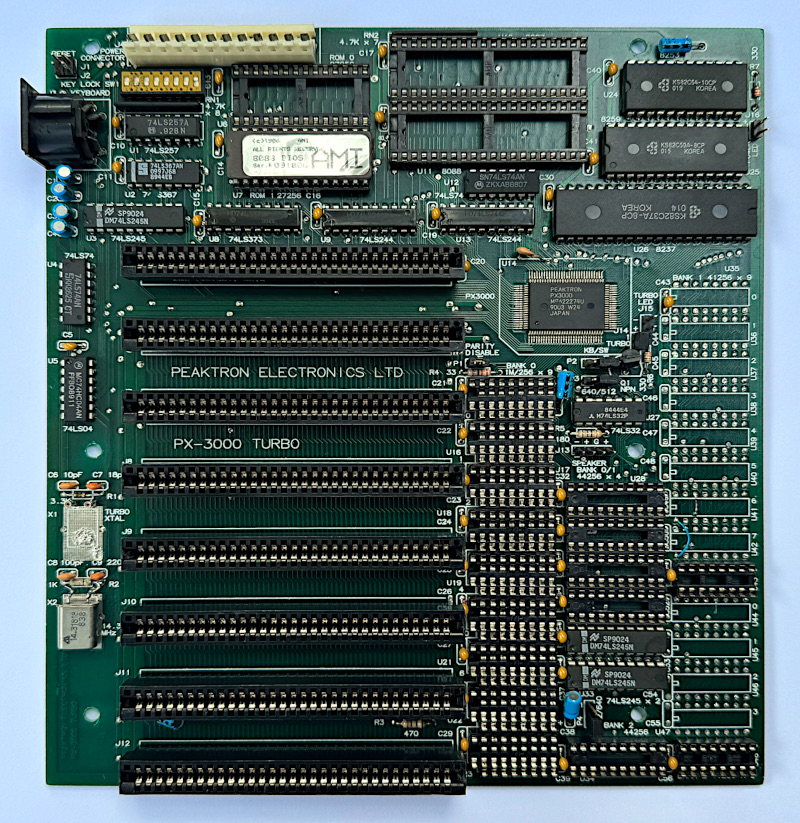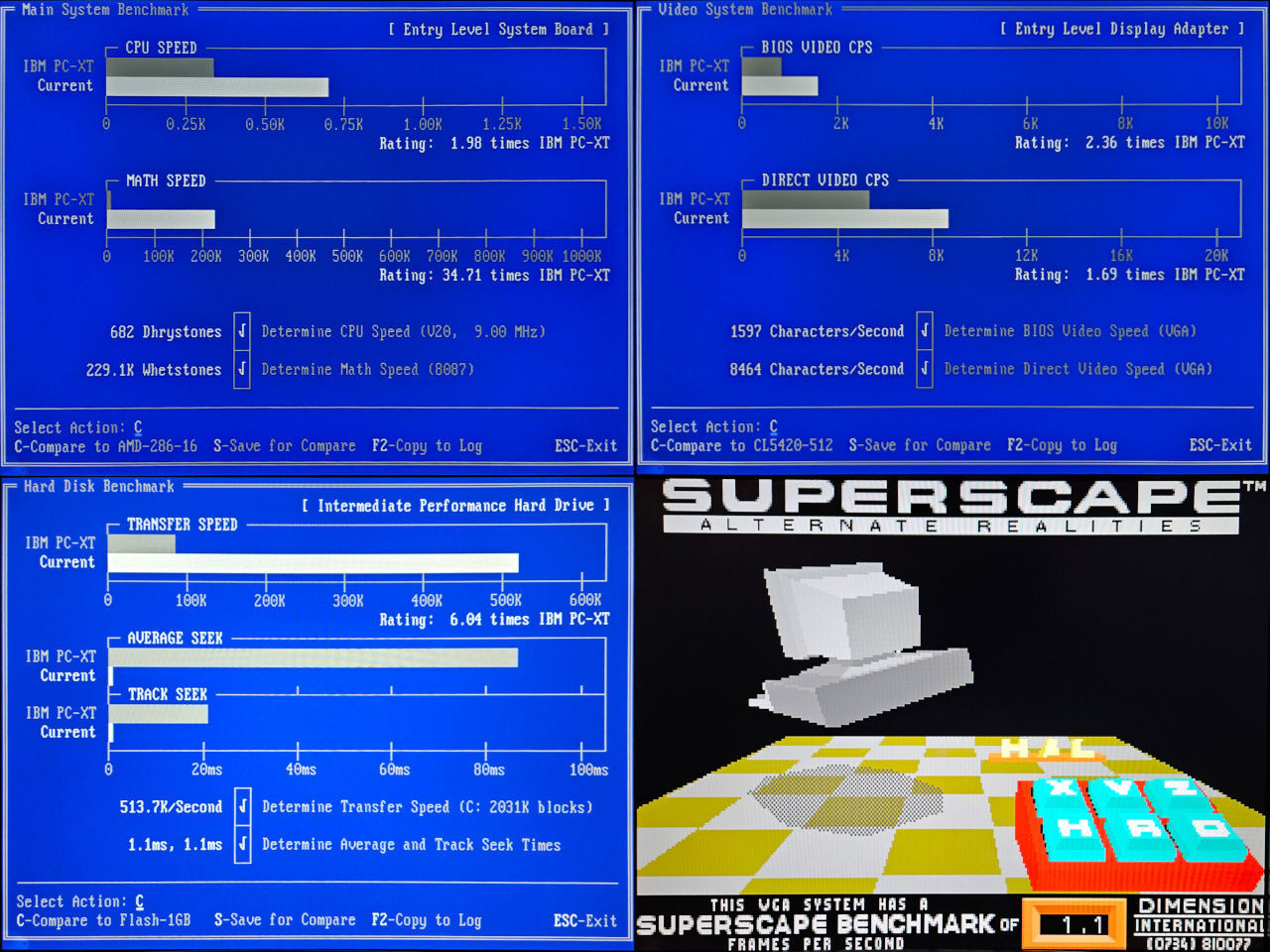It was established early in the thread which are the best 72-pin FPM/EDO RAM modules for peak 486 overclocking. Results were validated by other forum members to hold true.
At the same time, despite the plenty of noise around 286 and 386 hardware, the RAM related details were mostly left untouched.
Was not able to find much in the pile of posts while looking for some specific information.
Running a wider search in the forum and online didn't go well either. So, decided to add some notes for the record.
This is roughly two-thirds of the 30-pin memory modules here. The other third is scattered across several motherboards. Didn't bother collecting it for the photo.
The picture is basically clarifying that a lot of RAM sticks were tested on a lot of different 286/386 motherboards over a lot of years before any conclusions were drawn.
The first 4 columns on the left are all 1Mb modules. The column on the right is 4Mb ones.
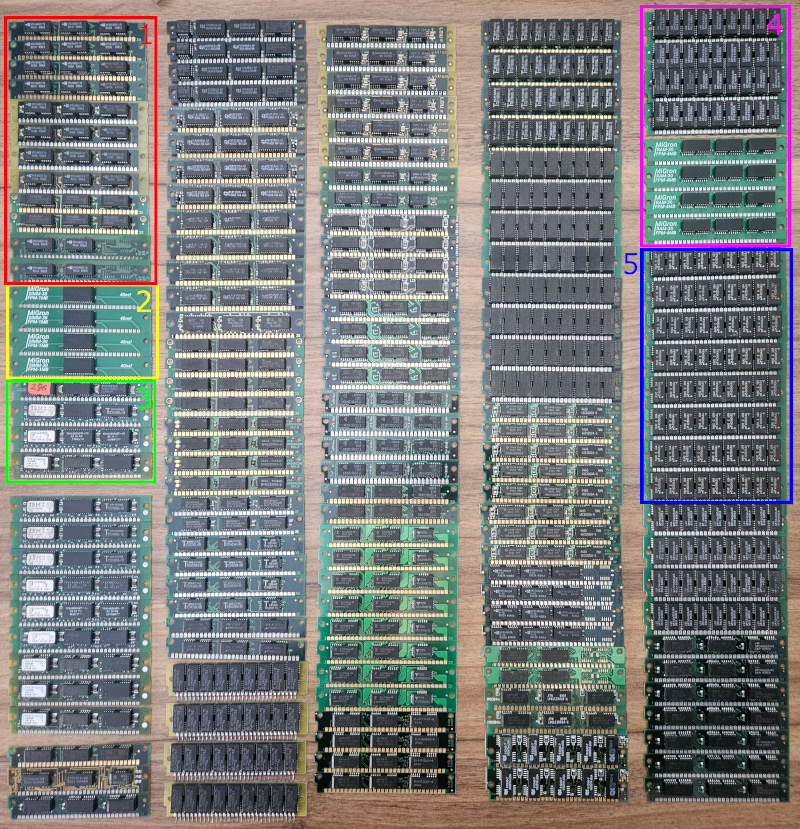
While 386 and later hardware is somewhat tolerant to RAM chips quality, the fast 0-wait state 286 systems are brutal towards them, especially when overclocking is in order, so will start with that.
--- 286
The best chips and modules are the ones in zone 1.
All of them are 27.5MHz 0-WS capable in 4x1Mb configuration.
Roughly half of them are 30MHz 0-WS capable, but in 2x1Mb configuration only.
Hynix HY514400J-70 + parity chips Hynix HYB511000BJ-60 (relabeled by Siemens) or Mosel-Vitelic VT531000 J-60.
There are no modules with VT531000 J-60 parity chips in the photos because i use them in the 286 hotrod PC. Didn't feel like pulling them out.
The last two sticks are with two chips only - they are problematic for 286 machines because of parity. A transplant will be needed to enable them.
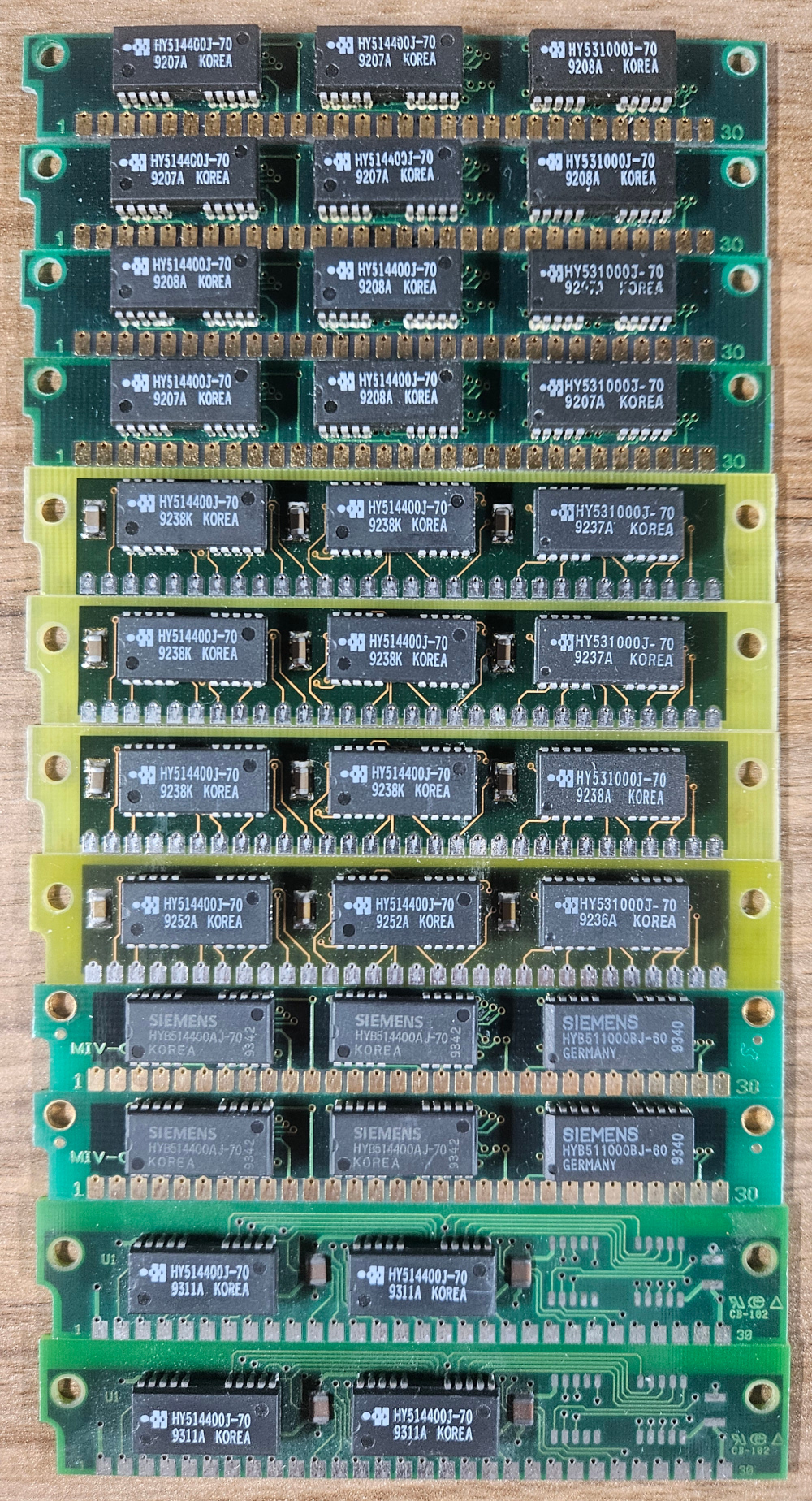
Equally good are these 1Mb modules from MiGron (a forum user), based on 45ns rated Mosel-Vitelic V533C806HK45 chips.
Their packaging is a problem for all 286 chipsets i touched so far. It takes at least 286/386 hybrid silicon like Headland HT-16 or HT-18 to see them.
Motherboards based on them are impressive and can tick fine well beyond the 30MHz, but have internal wait states which reduce strain on the memory but lower the overall performance, so i am not sure if these chips are in fact better than the ones in group 1. Still, they are great for the right type of 286 boards.
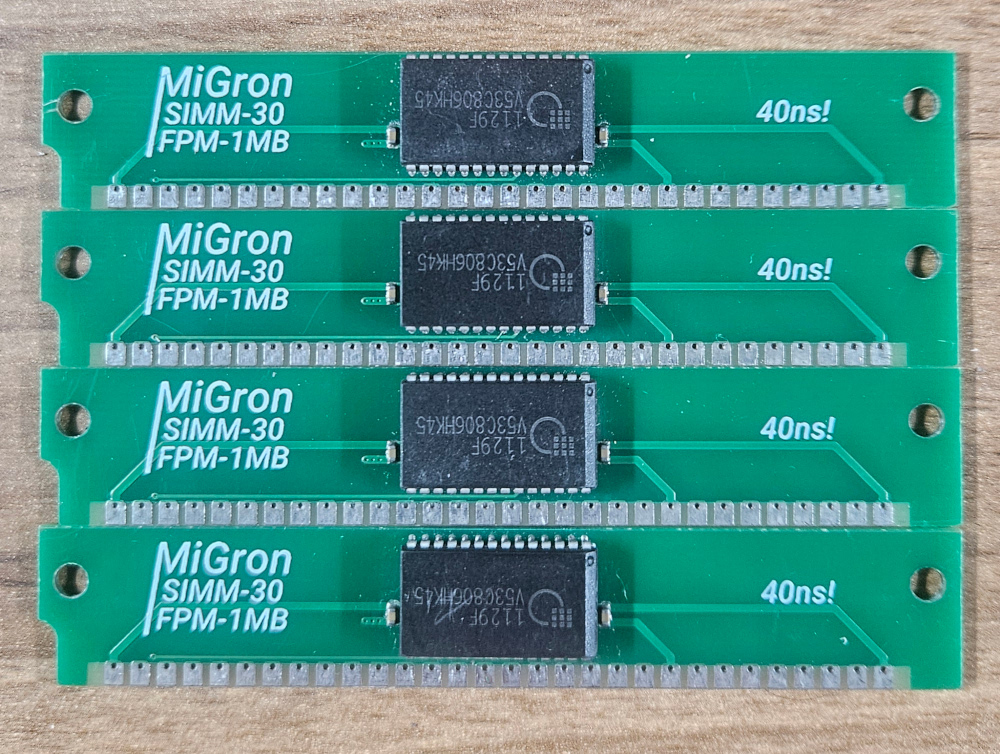
The next best chips are in groups 3 and 3A, where group 3 is a curated subset of 3A.
IBM branded modules. Some of them work really well at up to 25MHz 0-WS, including in 4x1Mb configurations.
A hodge-podge of different chip brands/models.
OKI and Siemens using Hynix HYB511000.
Also, clumsy relabeling - multiple serial numbers and other stuff printed on top of each other.
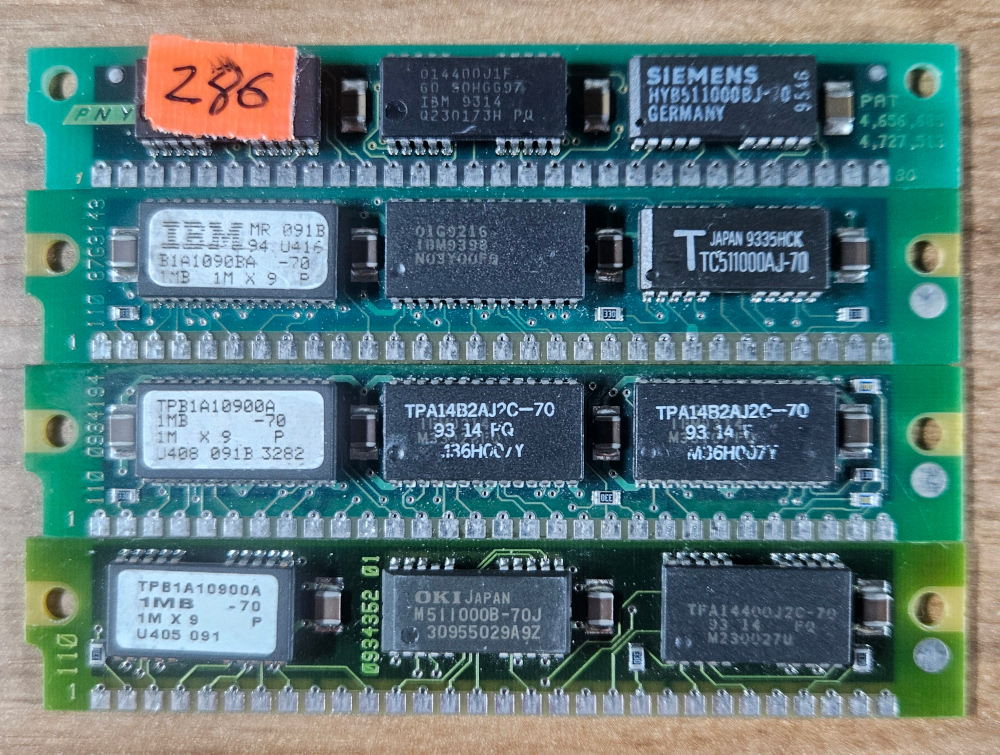
Group 3A.
These are good for 16-20MHz 0-WS in 4x1Mb configurations.
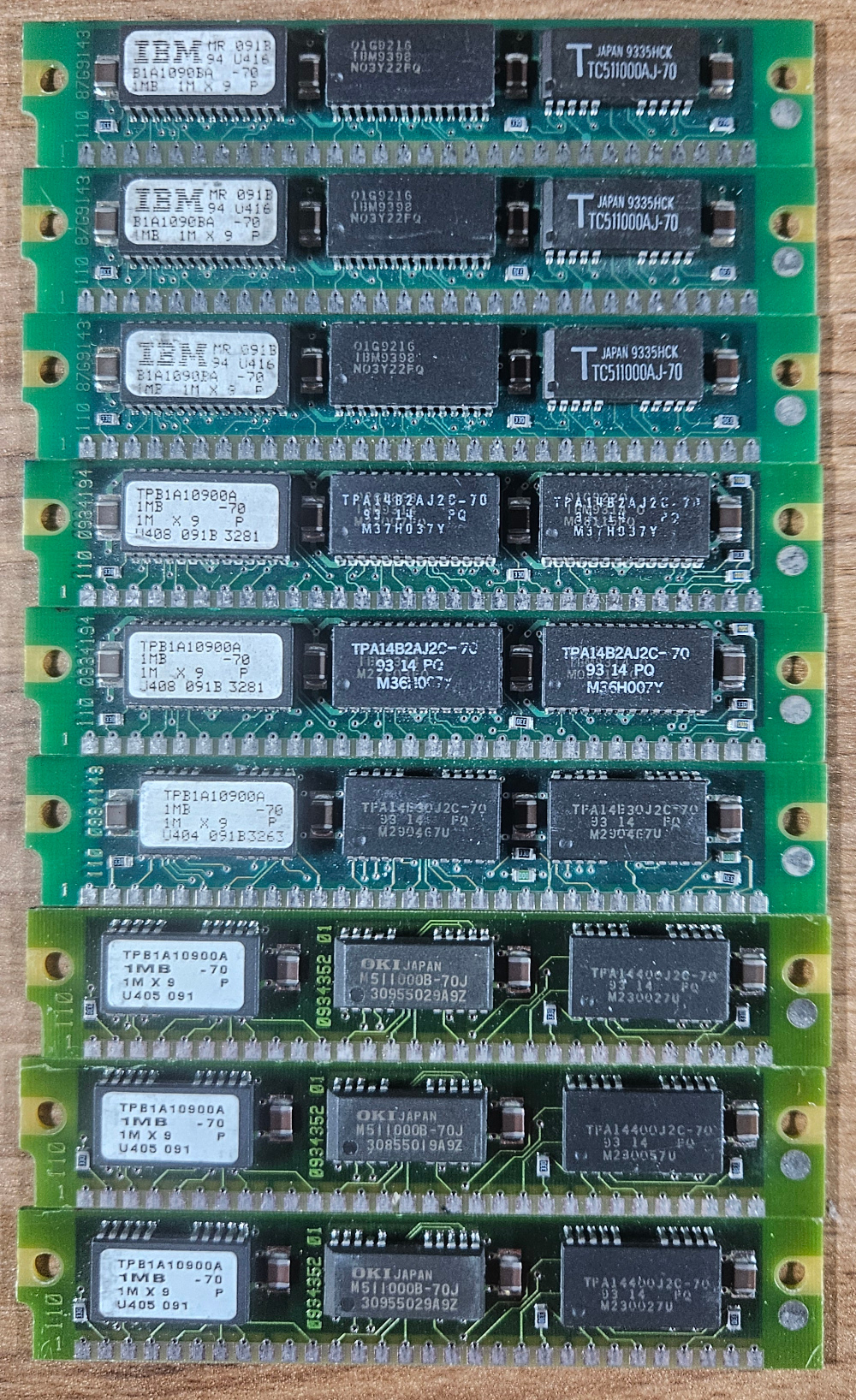
The rest of the chips in the big pile are ok for systems running within specification, at low frequencies (12-16MHz) with 0-wait states, or at higher frequencies (above 16Mhz) with inflated wait states.
--- 386
Based on my arbitrary standards, 386 class hardware requires no less than 16Mb of system memory. This can often be a problem for peak overclocking.
In such cases reducing the RAM size can enable tighter timings, but that's below 16Mb, so it is discarded. Ok, back to the subject.
The best type of modules are in group 4.
Both of them are performing equally well in 2-3 hotrod 386 motherboards ticking at 50 and 55 MHz base frequency and 2-WS.
The first 4 sticks are based on LGS GM71C4100CJ60.
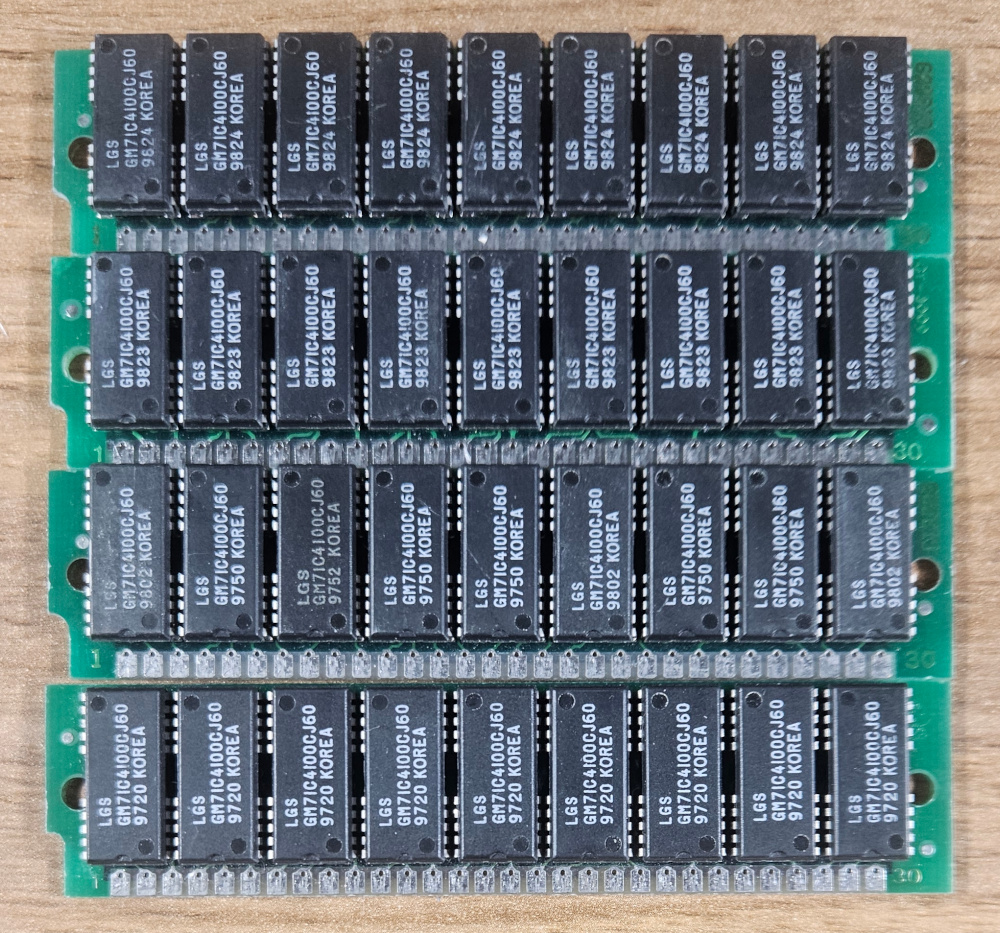
The second 4 are from MiGron and using Siemens relabeled Hynix HYB6117400BJ-50 chips.
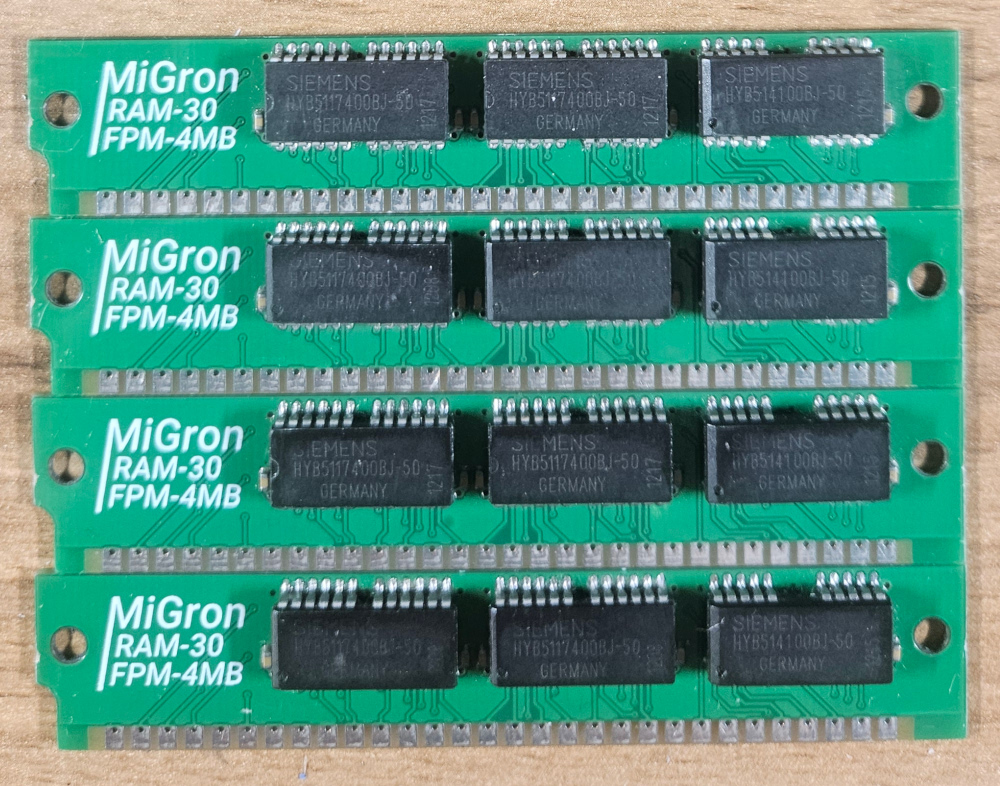
The Micron based modules in group 5 are also very good, but roughly half of them are unreliable in fast 386 motherboards at 50MHz or more.







